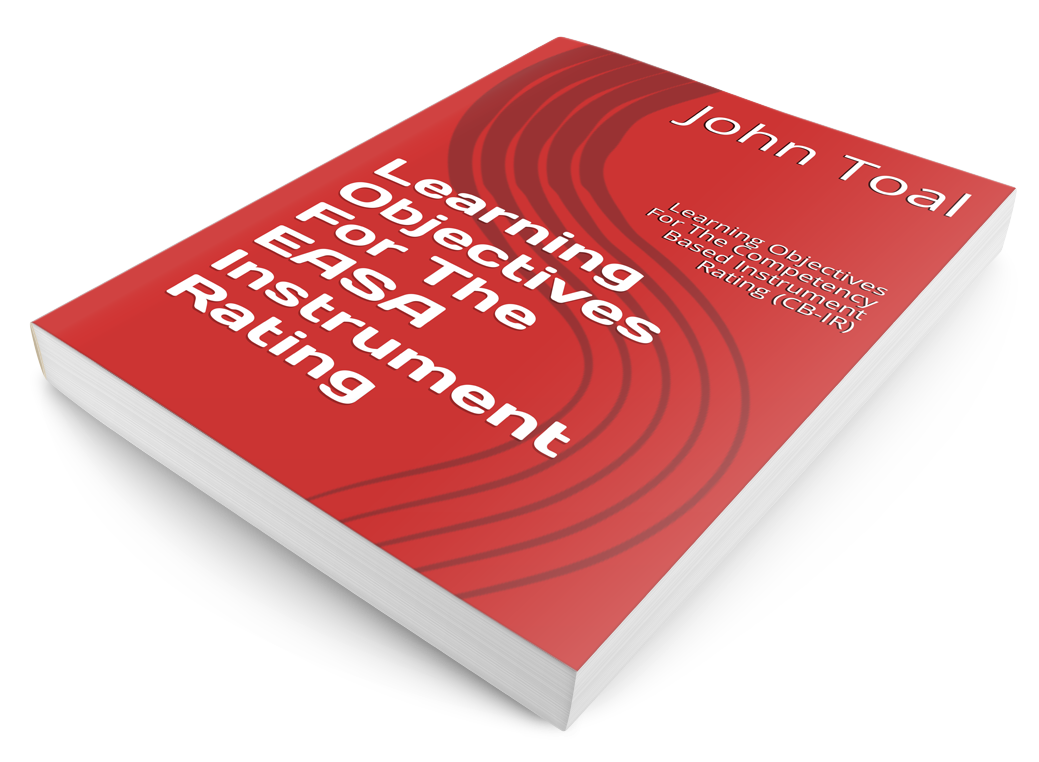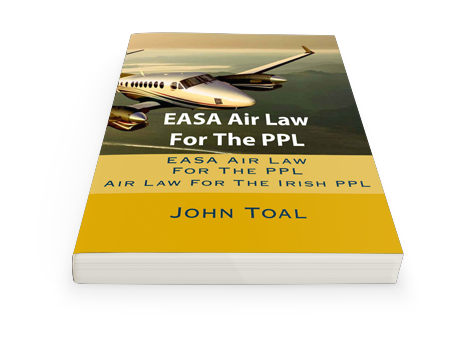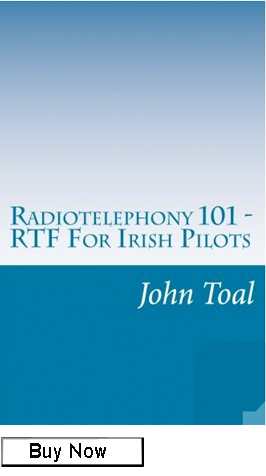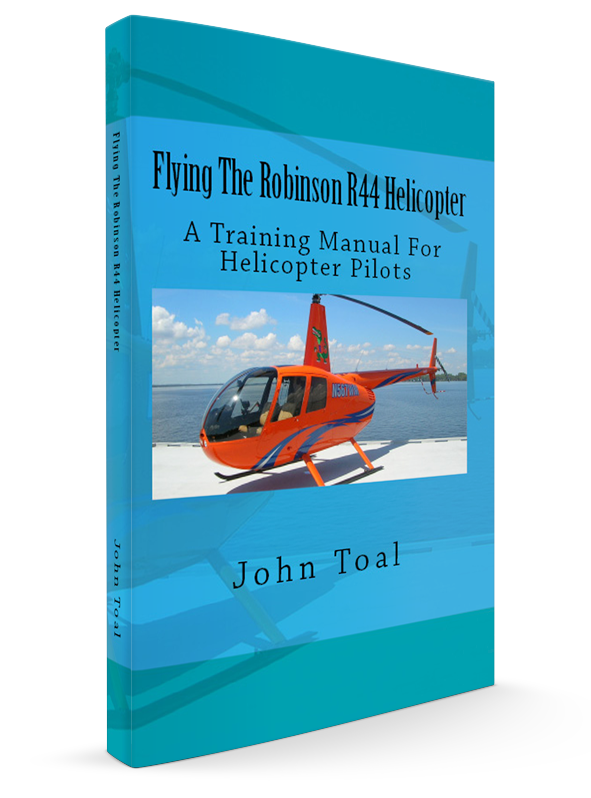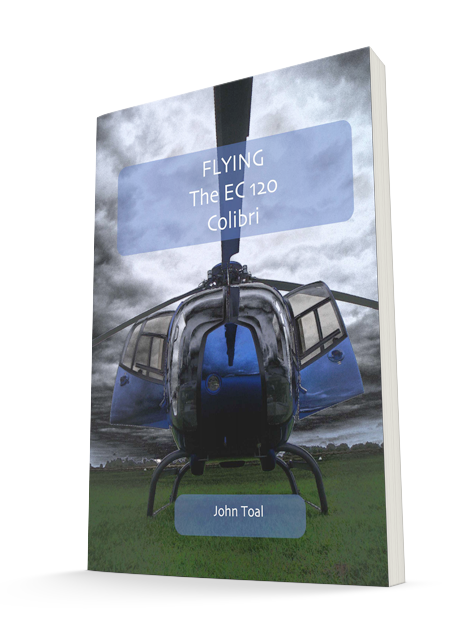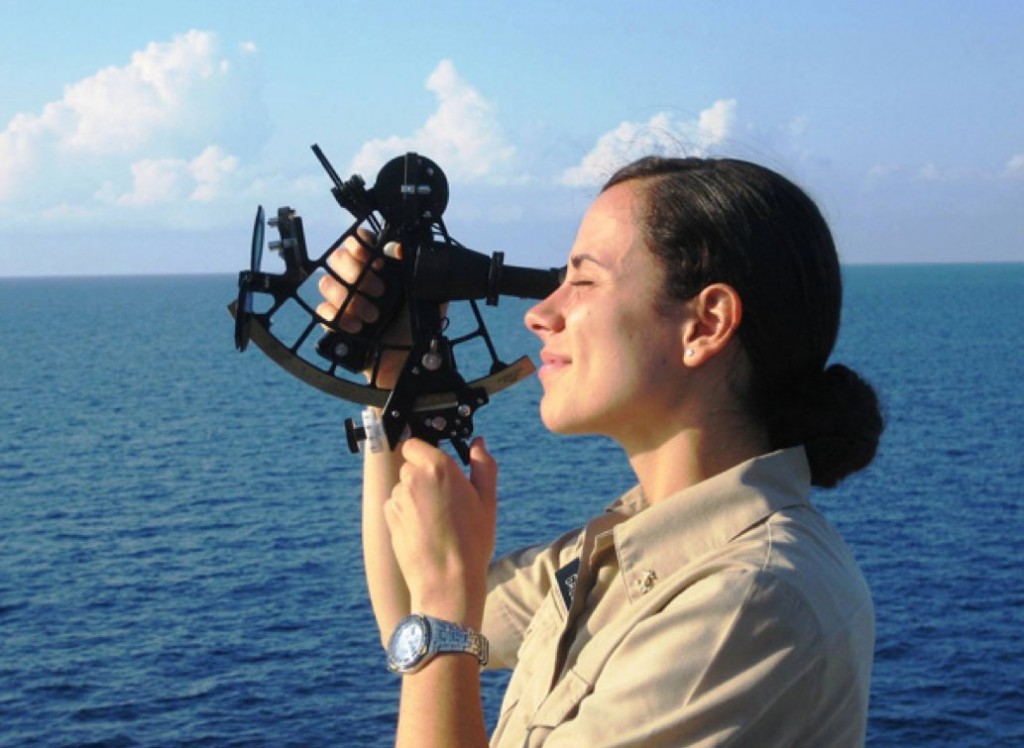Modern Fuels – Aviation Fuel
(Reviewed on 8th January 2021)
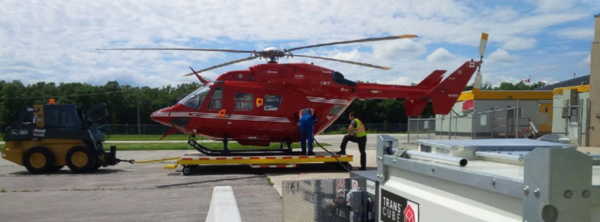
Helicopter fuel upload
AVGAS 100LL
Avgas (aviation gasoline) is an aviation fuel used to power piston engine aircraft. Avgas can be distinguished from Mogas (motor gasoline), which is the everyday petrol used in cars and a lot of microlight aircraft. Unlike Mogas, avgas has added tetra-ethyl lead (TEL), a toxic substance used to enhance combustion stability.
Avgas is used in aircraft that have Piston Engines. Gas Turbine Engines can operate on avgas, but normally do not. Turbine and diesel engines are designed to use kerosene-based jet fuel.
Avgas has a density of 6 lb/U.S. gal at 15 °C, or 0.72 kg/l, and this density is commonly used for weight and balance calculations. Density increases to 6.4 lb/US gallon at -40 °C, and decreases by about 0.5% per 5 °C (9 °F) increase in temperature. Avgas has a lower and more uniform vapour pressure than automotive gasoline, which keeps it in the liquid state at high-altitude, preventing vapour lock.
The actual mixture in use today is the same as when it was first developed in the 1940s, and was used in airline and military engines with high levels of boost supercharging. The high octane ratings are achieved by the addition of tetra-ethyl lead (TEL), a highly toxic substance that was phased out for car use in most countries in the late 20th century.
Avgas is currently available in several grades with differing maximum lead concentrations. Since TEL is a rather expensive (and polluting) additive, a minimum amount of it is typically used to bring it up to the required octane rating and actual concentrations are often lower than the maximum.
Many older grades of avgas are designated with a dual number, such as 100/130. This indicates that the fuel’s octane or performance rating is 100 at lean settings and 130 at rich settings, which is why rich settings are normally used for take-off when full power is used.
100 LL
The most commonly used aviation fuel is dyed blue for easy visual identification. 100 LL contains a small amount of tetra-ethyl lead (TEL), a lead compound that reduces gasoline’s tendency to spontaneously explode (detonation or “knock”) under high loads, high temperatures and high pressures. Sustained detonation will cause catastrophic engine failure.
TEL is known as an anti-knock compound. TEL’s effect on detonation resistance is known as the “octane rating,” derived from comparing performance of the gasoline under test to mixtures of iso-octane and normal heptane in a special test engine. If the product tests like 90% iso-octane and 10% normal heptane, it receives a “90 octane” rating. As higher levels of anti-detonation capability were required, the curve was extended beyond 100% iso-octane and called “performance rating.” Example: a 118 octane rated gasoline is more detonation resistant than an 87 octane rated gasoline.
In Ireland, 100 LL can be identified at fuel facilities by its label. White writing on a red background.
JET A1
Jet fuel is not avgas. It is similar to kerosene and is used in turbine engines. Confusion can be caused by the terms Avtur and AvJet being used for jet fuel. In Europe, environmental and cost considerations have led to increasing numbers of aircraft being fitted with highly fuel-efficient diesel engines; these too run on jet fuel. Civilian aircraft use Jet A, Jet A1 or in severely cold climates Jet B. There are other classification systems for military turbine and diesel fuel.
The most common jet fuel is a kerosene/paraffin oil-based fuel classified as JET A1, which is produced to an internationally standardised set of specifications. In the United States only, a version of JET A1 known as JET A is also used.
The only other jet fuel that is commonly used in civilian aviation is called JET B. JET B is a fuel in the naptha-kerosene region that is used for its enhanced cold-weather performance. However, JET B’s lighter composition makes it more dangerous to handle, and it is therefore restricted only to areas where its cold-weather characteristics are absolutely necessary. JET B is not available in Ireland.
Both JET A and JET B can contain a number of additives:
• Antioxidants to prevent gumming usually based on alkylated phenols, eg. AO-30, AO-31, or AO-37;
• Antistatic agents, to dissipate static electricity and prevent sparking; Stadis 450, with dinonylnaphthylsulfonic acid (DINNSA) as the active ingredient, is an example
• Corrosion inhibitors, eg. DCI-4A used for civilian and military fuels, and DCI-6A used for military fuels;
• Fuel System Icing Inhibitor (FSII) agents, eg. Di-EGME; FSII is often mixed at the point-of-sale so that users with heated fuel lines do not have to pay the extra expense;
Military forces around the world use a different classification system of JP numbers. Some are almost identical to the civilian named fuels and differ only by the amounts of a few additives:
JET A1 is similar to JP-8
JET B is similar to JP-4.
JET A and JET A1
Jet A is the standard jet fuel type in the U.S. since the 1950s and is only available there. JET A is similar to JET A1, except for its higher freezing point of -40 °C. JET A1 has a fairly high flash point of 38 °C, with an auto-ignition temperature of 410 °F (210 °C). Jet A can be identified in trucks and storage facilities by the UN number, 1863, Hazardous Material placards. Jet A1 trucks, storage tanks and pipes that carry Jet A1 will be marked with a black sticker with a white “JET A1” written over it, next to another black stripe. Jet A1 will have a clear to straw colour if it is clean and free of contamination.
Water is denser than Jet A1, and will collect on the bottom of a tank. Jet A1 storage tanks must be sumped on a regular basis to check for water contamination. It is possible for water particles to become suspended in Jet A1, which can be found by performing a “Clear and Bright” test. A hazy appearance can indicate water contamination beyond the acceptable limit of 30ppm (parts per million). The U.S. commercial fuels are not required by law to contain antistatic additives, and generally do not contain them.
Military Fuels
Other military fuels are highly specialised products and are developed for very specific applications. JP-5 fuel is fairly common, and was introduced to reduce the risk of fire on aircraft carriers. Other fuels were specific to one type of aircraft. JP-6 was developed specifically for the XB-70 Valkyrie and JP-7 for the SR-71 Blackbird.
Both these fuels were engineered to have a high flash point to better cope with the heat and stresses of high speed supersonic flight. One aircraft-specific jet fuel still in use by the USAF is JPTS, which was developed in 1956 for the Lockheed U-2 spy plane. Jet fuels are sometimes classified as kerosene or naphtha-type. Kerosene-type fuels include Jet A, Jet A1, JP-5 and JP-8. Naphtha-type jets fuels include Jet B and JP-4.
Navigation Diversions
(Reviewed on 3rd April 2021)
How to Fly Navigation Diversions
A large part of anyone’s helicopter flight training is spent on teaching Navigation. Navigation is an acquired skill and takes practice. During your skills test you will have to carry out a navigation diversion. Navigation diversions can be the most intimidating part of a License Skills Test (LST) but I am going to show you a technique that I use with all of my students and it works extremely well. I will assume that you are capable of doing normal navigation flight planning and can also hold an altitude and heading during flight. During the navigation portion of the LST, your examiner will, at some stage, tell you that he wants you to divert to a different destination. One that you have not planned for. There are a few things you must do before you head off blindly on a rough heading. Before the flight, you will have drawn a LARGE arrow on your chart showing where the wind is coming from and marked the wind speed and direction on this arrow. You will also have calculated the crosswind component for this wind at 30 degree intervals relative to the helicopter and drawn a table on your chart.
I have prepared a PowerPoint Presentation which may be downloaded here.
- E.g. 1: If the wind is 15 knots and is on your 12 o’clock, there is no crosswind component and therefore no course correction to make but your ground speed is reduced by 15 knots.
- E.g. 2: If the wind is 20 knots and is on your 1 o’clock, there is a (1/3 airspeed) 7 kt crosswind component (20 / 3 = 7) and a 7 degree course correction is required. Ground speed is reduced by 14 knots (2/3 airspeed) ((20 / 3) x 2 = 14).
- E.g. 3: If the wind is 15 knots and is on your 2 o’clock, there is a (2/3 airspeed) 10 kt crosswind component ((15/3) x 2 = 10) and a 10 degree course correction is required. Ground speed is reduced by 5 knots (1/3 airspeed) (15 / 3 = 5).
- E.g. 4: If the wind is 15 knots and is on your 3 o’clock, there is a (3/3 airspeed) 15 kt crosswind component ((15/3) x 3 = 15) and a 15 degree course correction is required. Ground speed is not affected as there is no head/tail wind.
- Pick a point on the ground that you can use as a reference point while you do your planning for the diversion. Fly in a wide circle around this point or fly towards this point if it is further away (while you do your navigation diversion planning). Tell your examiner what you are doing.
- Draw a rough line on your chart from an easily identifiable point on your chart (close to your position) to the diversion destination. Measure the distance accurately.
- Set your pencil on the line and move it (without changing its direction) over a VOR compass rose. Take a not of the heading on the compass rose. This is a magnetic heading so there will be no requirement to take variation into account. (It may help to have a previously drawn VOR with a larger diameter, drawn on your chart).
- Now take a note of the wind direction relative to the helicopter using the large arrow you have drawn on your chart. Use the clock code (30 degree intervals).
- Refer to the table you made up before your flight (refer to the examples above). From this table you can see what your ground speed and your course correction are. Calculate the time to get to your destination at the new ground speed and tell your examiner what heading you are going to use and what time you are going to arrive at the destination.
- Note any features on the chart that may aid your navigation diversion to the destination.
This may sound like a complicated method for teaching navigation diversions but bear in mind that 90% of it is carried out on the ground before the flight and you have actually very little to do during the flight.
For information on how to navigate using radio navigation aids, read Radio Navigation and Instrument Flying: Air Pilot’s Manual (Air Pilot’s Manual Series) (v. 5)
Further information may be found at My Helicopter Training Blog. This method is the simplest that I have ever used for helicopter flight training and it actually works every time when used correctly.
PPL(H) Requirements
(Reviewed on 26th March 2021)
Anyone thinking of starting training for the Private Pilots’ Licence (PPL) should be aware that there are some requirements to be met.
- There is no minimum age but many schools will have their own minimum age requirements.
- The minimum age to go solo for a PPL in Europe is 16 years old.
- The minimum age that you can actually obtain your PPL(H) licence in Europe is 17 years old.
- Before going solo in Ireland, you must have a Class 1 or a Class 2 medical certificate (issued by approved medical examiners).
- Before going solo you must achieve a minimum of Level 4 proficiency in an English language test. (This is required before going solo and there are no exceptions to this rule).
- You must pass 9 EASA (multiple choice) ground exams during the course of your training.
A Class 1 medical is required if you intend to become a commercial licence. If you only intend to get a PPL(H), then you only require a Class 2 medical which is much cheaper and a lot easier to get. I would advise anyone thinking of training to get their medical done early as it would be very disappointing to have completed 10 hours flying only to find out that you have a medical problem that would prevent you from completing your training.
The PPL(H) syllabus states that you must fly a minimum of 45 hours before doing your flight test. Realistically, you will require 55 to 65 hours training (some people require more – some require less). This figure varies a lot depending on the individual, age and frequency of training.
Of the 45 hours minimum requirement, you will have to fly 10 hours solo and 5 of these solo hours will be solo navigation. You can fly more than one type of helicopter during your training but before doing your flight test, you must have flown at least 35 hours (inc. 10 hours solo) on the type of helicopter you are going to use for the flight test.
Of the 45 hours minimum requirement, you will have to fly with an instructor by sole reference to the instruments. This means that you cannot see outside as you will be wearing a hood or other apparatus to restrict your vision to inside the helicopter only.
All of this information is available on a document called Part-FCL but it is not an easy document to read. It is part of the Basic Regulation Regulation (EC) No 216/2008 of 20/02/2008 and a copy of this is available on the EASA website. Click Here
Fog – Everything Pilots Need to Know
(Reviewed on 10th January 2021)
 What is Fog?
What is Fog?
We all know that fog keeps us on the ground when we want to be flying. But are you aware that there are different kinds of fog? Do you know the conditions that are required for fog to form? Do you know about radiation fog, advection fog, frontal fog, sea fog and hill fog?
This post should refresh your memory or perhaps even enlighten you. Further reading can be found at Weather Forecasts and Weather Limitations for PPLs
Mist and fog occur when tiny water droplets are suspended in the air causing a reduction in visibility. Mist is very similar to fog and differs only by definition:
When the visibility is less than 1000m – FOG exists. Relative Humidity = 100%.
When there is reduced visibility but visibility is greater than 1000m – MIST exists. Relative humidity < 100%.
Water droplets come into existence due to condensation which causes the water vapour in the air to condense out as a liquid. This normally occurs when the air is cooled by an underlying cold surface or by the interaction of two air masses.
Different Types of Fog
There are three different types of fog and they form under specific conditions:
- Radiation fog
- Advection fog
- Frontal fog
Radiation Fog
The conditions required for the formation of radiation fog are:
- Moist air – (high relative humidity) that only requires a small amount of cooling to reach its dewpoint temperature.
- A cloudless night sky – This permits the earth to cool and this cold, earth surface subsequently cools the air in contact with it.
- Light winds – (5 – 7kts) to mix the lower levels of air slightly and thereby thicken the fog layer.
These three conditions are commonly found in a high pressure system.
If the wind is absolutely calm, only a very thin layer of air will get cooled by the cold earth surface. This causes dew (or frost in the winter) to form directly on the surface. Fog will not form above it. Dew will form when the temperature remains above zero degrees Celsius and frost will form when the temperature drops below freezing point.
If the wind is greater than approximately 7 knots, the extra mixing of the air will prevent fog from forming at the surface and instead, a low layer of stratus clouds may form.
Radiation fog is much more likely to form over land than over sea. This is because the land temperature varies significantly and the sea temperature by comparison remains relatively stable throughout the year.
Dispersal of Radiation Fog
After sunrise, the earth’s surface begins to warm up. The air in contact with the surface will also begin to warm up and this causes the fog to disperse. In a spring morning in Ireland, this normally occurs at around mid morning. If the fog has not dissipated by 1400hrs, it is unlikely to clear. The thicker the layer of fog, the slower the earth surface will warm up and therefore it will take longer for the fog to dissipate.
Advection Fog
When I hear the word Advection, I think about a parcel of air moving HORIZONTALLY across the surface of the earth. Imagine a warm, moist parcel of air moving over a colder surface. It will be cooled from below. If its temperature reaches its dewpoint, then fog will form. Fog formed in this way is called advection fog. It can occur very quickly during the day or during the night.
Sea Fog
Sea fog is a type of advection fog. It can be caused by:
- A tropical maritime air mass moving towards the pole over a colder ocean or meeting a colder air mass: or
- An airflow off a warm land surface moving over a colder sea; or
- A warm, moist maritime air mass moving over a cold land surface. This can lead to coastal fog that lingers along the coast line.
Frontal Fog
Frontal fog forms by the interaction of two air masses in one of two ways:
- Cloud that extends to the surface during the passage of a front. This forms mainly over hills and is called Hill Fog.
- The air becomes saturated due to the evaporation from all of the rain that has fallen and the vapour condenses out into its liquid state to form fog.
These condition may form in the cold air ahead of a warm front or and occluded front. If this occurs, the fog may cover a very large area.
Summary
Now that you know the different types of fog and what conditions are required for fog to form, you are in a much better position to plan your flight. You can now read between the lines of the meteorological forecasts and anticipate the possibility and probability of fog forming. Knowing about radiation fog, advection fog, frontal fog, hill fog and sea fog will make you a safer, more responsible pilot.

